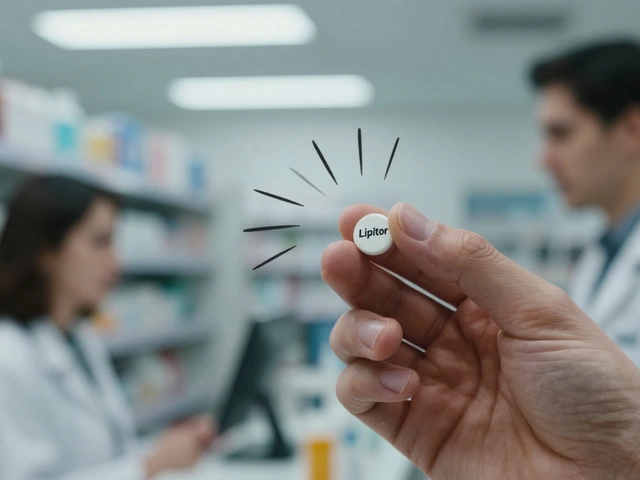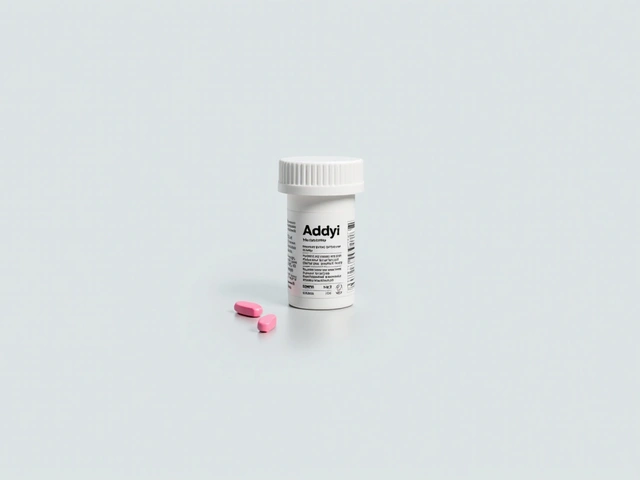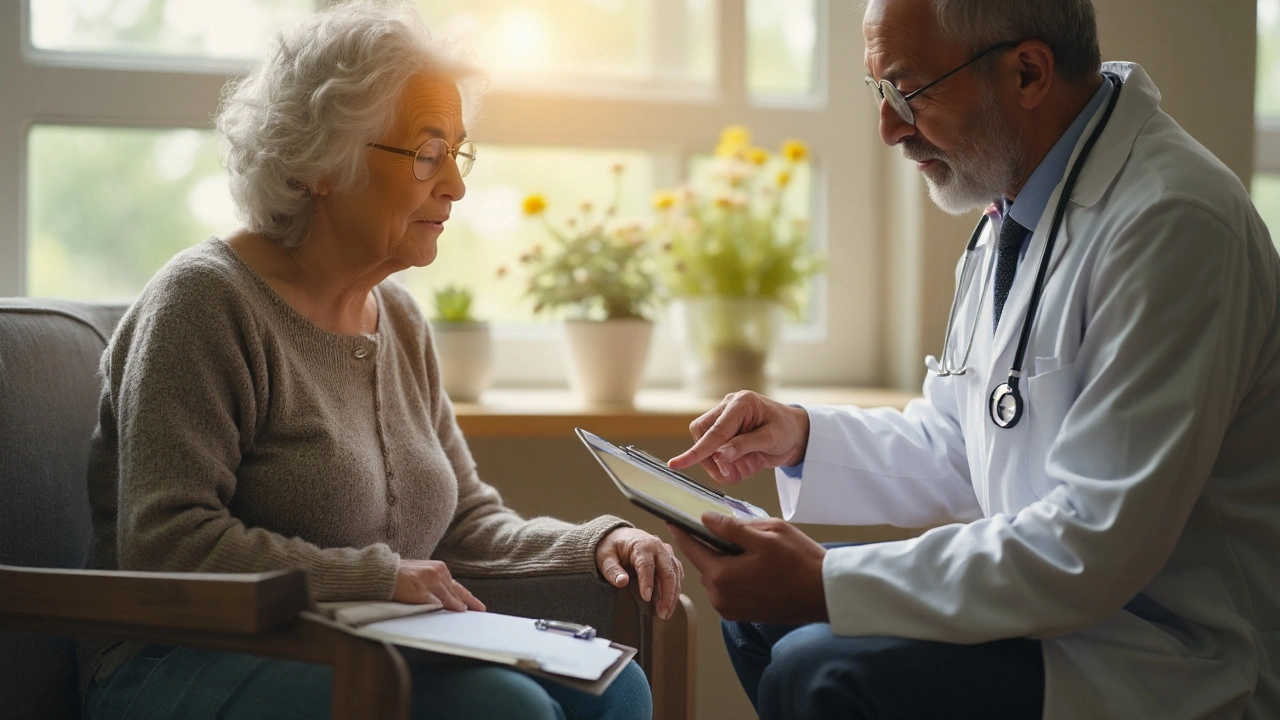Lymphoma: What It Is, How It Shows Up, and How to Treat It
If you or someone you know has heard the word “lymphoma,” the first thoughts are often fear and confusion. The good news is that lymphoma is a group of cancers that doctors understand better than ever, and there are clear steps you can take to get the right care.
Lymphoma starts in the lymphatic system – the network of nodes, vessels, and organs that helps your body fight infection. When a lymphocyte (a type of white blood cell) goes rogue, it can grow into a tumor. The two main types are Hodgkin lymphoma (HL) and non‑Hodgkin lymphoma (NHL). Each behaves a bit differently, but both share some common signs.
Common Symptoms to Watch For
Most people notice a painless lump in the neck, armpit, or groin. Other clues include:
- Unexplained fever or night sweats
- Unintentional weight loss
- Persistent fatigue
- Itchy skin or a rash
If you have several of these symptoms for more than a few weeks, it’s worth talking to a doctor. Early detection makes treatment easier.
How Doctors Diagnose Lymphoma
The first step is a physical exam and a review of your medical history. If a lump is found, the doctor will order imaging tests – usually a CT scan or PET scan – to see how far the disease has spread.
The definitive answer comes from a biopsy. A small piece of tissue is taken from the suspicious node and examined under a microscope. Pathologists look for the specific cell patterns that tell them whether it’s HL or a type of NHL.
After the diagnosis, doctors assign a “stage” from I to IV. Staging tells them how much of the body is involved and guides the treatment plan.
Treatment Options You Should Know
Treatment depends on the type, stage, and your overall health. The most common approaches are:
- Chemotherapy – drugs that kill fast‑growing cancer cells. Regimens like ABVD (for Hodgkin) or R‑CHOP (for many non‑Hodgkin cases) are standard.
- Radiation therapy – targeted high‑energy beams used mainly for early‑stage disease or to shrink a bulky tumor.
- Immunotherapy – medicines that help your own immune system recognize and attack lymphoma cells. Checkpoint inhibitors and CAR‑T cell therapy have shown impressive results in recent years.
- Targeted therapy – drugs that block specific molecules driving the cancer, such as BTK inhibitors for certain NHL subtypes.
In many cases, doctors combine two or more of these treatments. For early‑stage Hodgkin lymphoma, a short course of chemo followed by limited radiation can cure over 90% of patients.
Side effects are real, but doctors now have better ways to manage them. Anti‑nausea meds, growth‑factor shots to protect blood counts, and supportive care can keep you feeling tolerable during treatment.
Living With Lymphoma – Practical Tips
While treatment is ongoing, a few everyday habits can help you stay strong:
- Stay hydrated – water helps your kidneys clear chemotherapy waste.
- Eat a balanced diet rich in protein and vegetables to support healing.
- Keep a symptom diary – note any new aches, fevers, or changes so you can report them promptly.
- Reach out for support. Online forums, patient groups, and counseling can ease the emotional load.
After treatment, regular follow‑up scans are essential. Most relapses happen within the first two years, so staying on schedule with your oncologist can catch any issues early.
While lymphoma can feel overwhelming, remember that many people live full, active lives after treatment. Knowing the signs, getting a prompt diagnosis, and following a personalized treatment plan give you the best chance for a positive outcome.
Explore the articles in our lymphoma tag for deeper dives into specific drugs, side‑effect management, and patient stories that can guide you through each step.
Lymphoma in the Aging Population: Key Challenges & Practical Considerations
Explore how lymphoma affects older adults, the unique medical hurdles they face, and actionable strategies for clinicians and caregivers.
About
Health and Medicine
Latest Posts


Side Effects with Generics: Are Adverse Reactions More Likely?
By Orion Kingsworth Dec 4, 2025

Holistic Healing Benefits for Chromosome-Positive Lymphoblastic Leukemia
By Orion Kingsworth Oct 3, 2025

The Connection Between Muscle Stiffness and Chronic Pain Conditions
By Orion Kingsworth Jun 18, 2023

